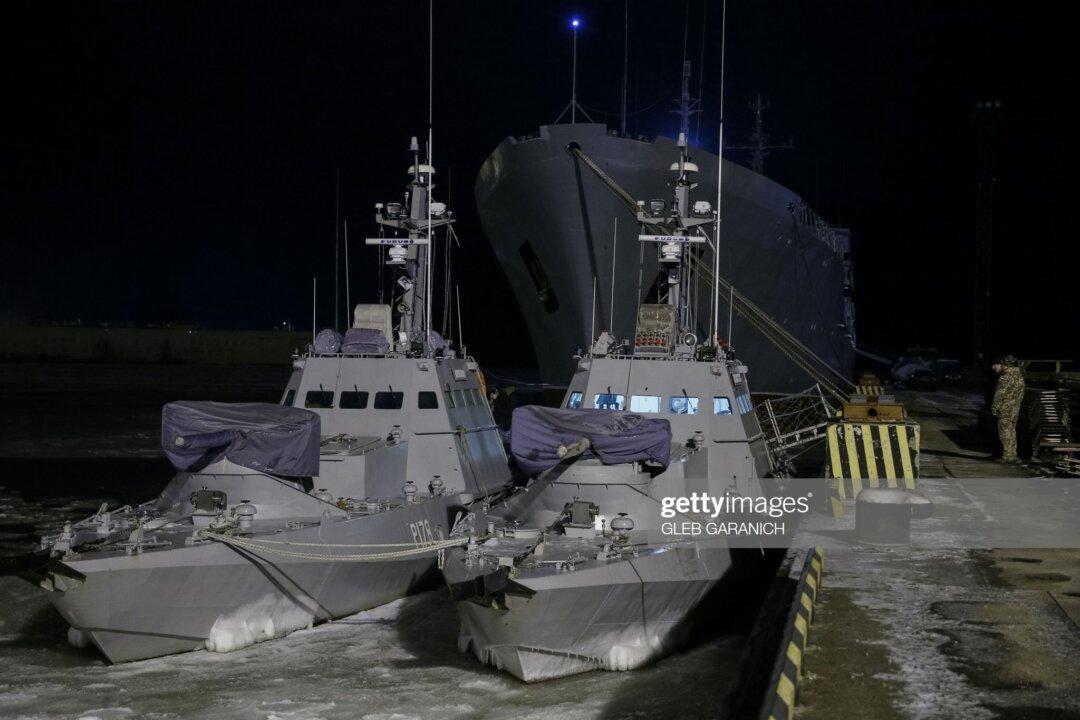Since 1979 the United States and Iran have been at loggerheads. The seizure of the United States embassy by Iranian and imprisonment of its staff for over a year has neither been forgotten nor forgiven. It remains particularly galling as our attempt to rescue them ended in catastrophic disaster.
For Iran the United States was/is/and will remain “the Great Satan.” We earned this sobriquet by given shelter to the dying Shah, supporting Iraq in their bloody war (where we tacitly hoped it would last indefinitely), and labeling them a gross violator of human rights in the State Department’s annual human rights report.





